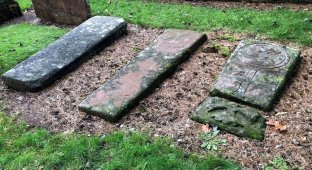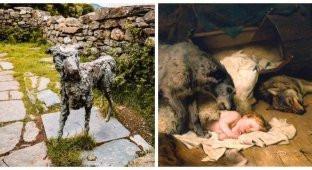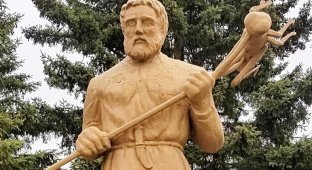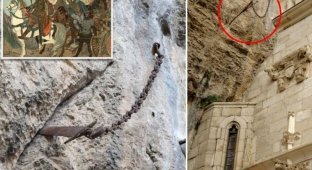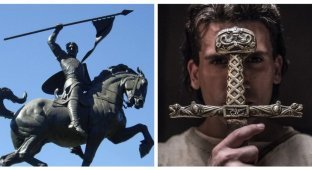An unusual religious cult arose in medieval France. The Catholic Church was surprised to learn that the people were worshipping a new saint, Guinfort. But this saint was... a greyhound. 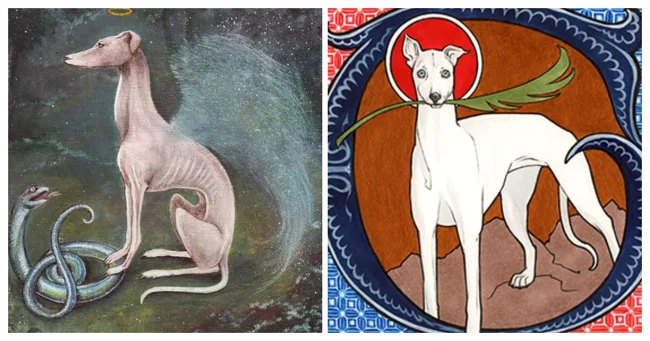
Thousands of peasants flocked to his shrine, praying for miracles. The church's top officials were naturally horrified and decided to put an end to this heretical worship as quickly as possible.
But how did a dog even get such honor?
The Legend of Faithful Guinfort 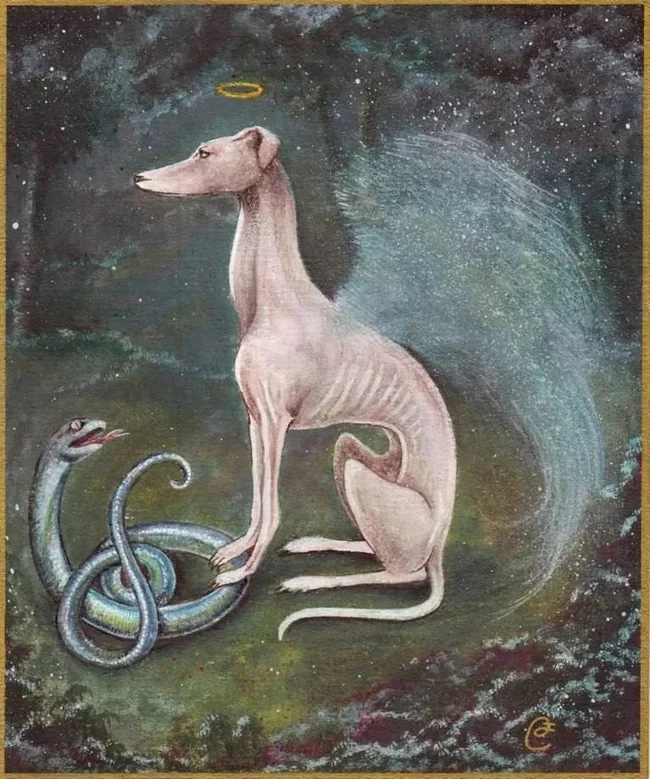
In the 13th century, near the French village of Neuilly-sur-Aisne, there lived a knight who had a faithful dog named Guinfort. One day, the knight went hunting, leaving his little son under the care of his four-legged protector.
When he returned, he saw an overturned cradle, traces of blood and... the child was nowhere to be seen. The dog was standing nearby, covered in blood. In a rage, the knight decided that Guinfort had torn his son to pieces, and killed the dog. 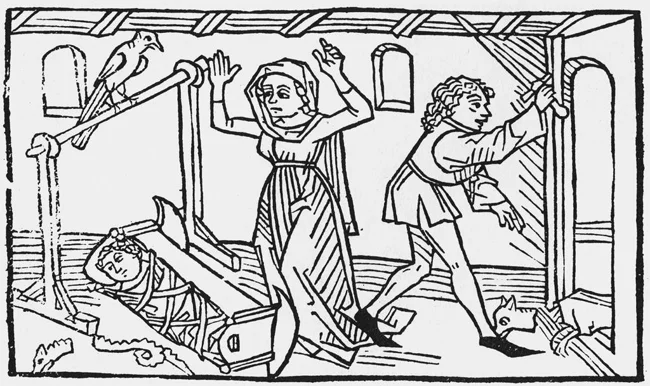
Only then did he hear a child crying. Under the cradle was an unharmed baby, and next to it was a dead snake with traces of dog bites.
The knight realized that the dog had not killed, but saved his child, and buried Guinfort with all honors, as a man and a hero.
Folk cult 
Soon, local peasants learned of the dog's feat and began to come to his grave. Rumors began to spread that Ginfort performed miracles:
One child with a high fever recovered after visiting the sanctuary;
Wounded warriors prayed to the dog, and their wounds healed;
Mothers brought sick children, believing that Ginfort would heal them.
People began to consider him the patron of the weak and defenseless, because he gave his life saving a child.
The Church is furious 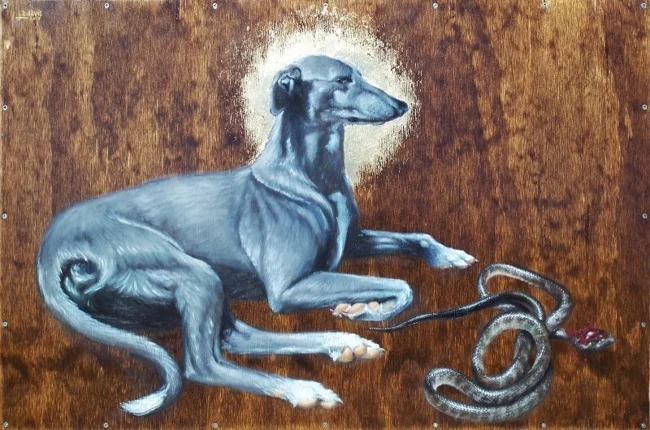
When rumors reached the Inquisition, the monk Stephen de Bourbon personally went to investigate. He was horrified when he saw peasants leaving gifts at the grave, tying ribbons on trees and praying to the dog.
The Church considered this paganism and ordered:
to burn the sanctuary;
to cut down the surrounding trees;
to prohibit the worship of the "holy dog".
But...
The cult that did not die 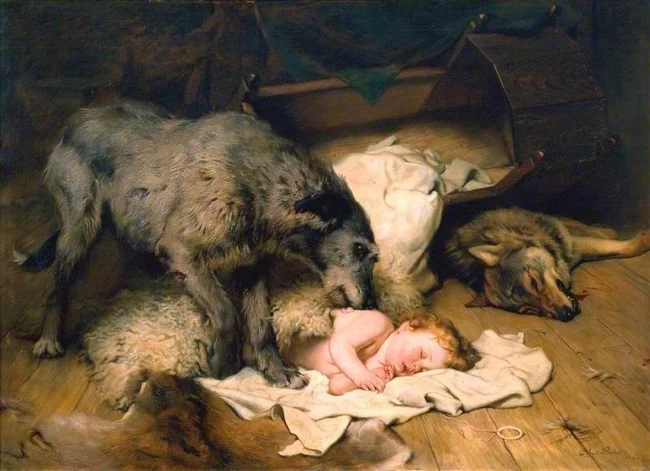
A similar story can be found in the folklore of other countries, for example, the Welsh have a legend about Gelert
Despite the ban, people continued to secretly come to Guinfort's grave. The last known pilgrim visited here... in the 1940s!
Thus Guinfort became one of many "folk saints" - those who were revered despite the position of the official church.
Morals? 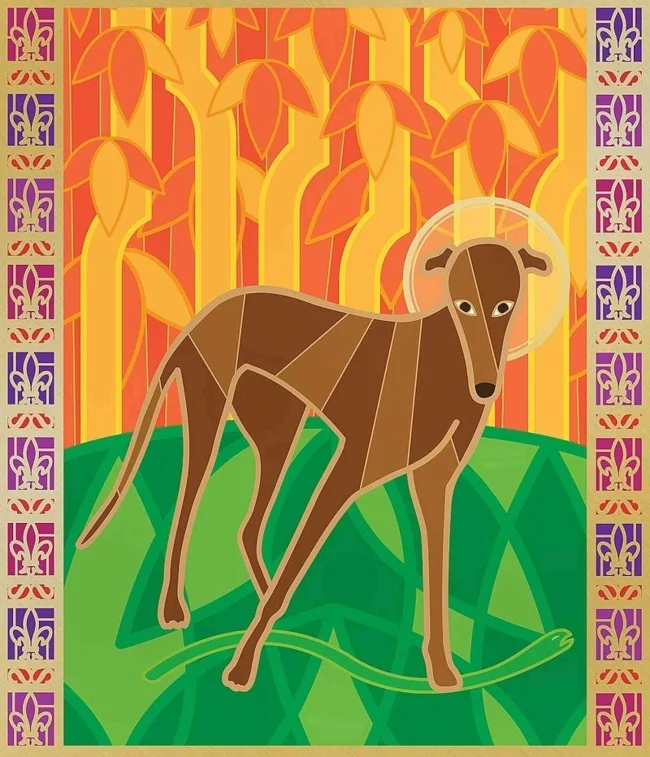
Ginfort through the eyes of a modern artist
Even if the church does not recognize someone as a saint, true devotion and gratitude will still remain in people's memory.
Add your comment
You might be interested in:












